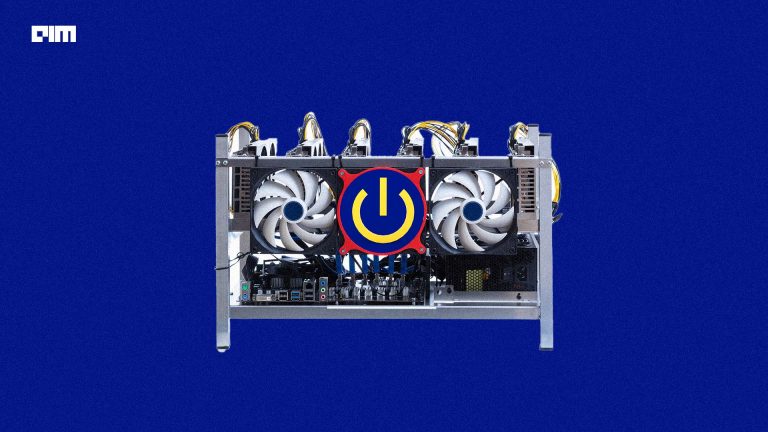Over the decades, enterprises have accumulated a large number of enterprise data assets. However, traditional data warehouse technology, data management and analysis capabilities have become shortcomings in the business intelligence work as companies are failing to eliminate the data silos.
The role of the data warehouse is to achieve data integration across business lines and systems to provide unified data support for management analysis and business decision-making. A data warehouse can fundamentally help you transform your companies’ operating data into high-value, accessible information (or knowledge), and deliver the right information to the right people in the right way at the right time.
But in other cases, the traditional data warehouse can not meet the needs of data analysis. Enterprises present challenges in data analysis applications such as strong demand for a unified data platform, the data centre’s computing power, core algorithms, and data comprehensiveness put forward higher requirements. With data warehouses, it is difficult to assess value mining on global data, and it cannot truly reflect the value of the group’s huge data assets in terms of scale and effect. With the market competition and the increasing globalisation, enterprises are not only satisfied with the analysis of internal data but also need to conduct a comprehensive analysis through external technologies such as the web and enterprise applications.
This led to data centres, which is not just a system or tool, but a functional department that provides data asset management and services for the entire organisation through a series of platforms, tools, processes, and specifications. This replaced computing and storage mashup data processing architecture with Hadoop, Spark with distributed technologies and components as the core, which can support batch and real-time data loading and flexible business requirements. The architecture system of data centres in the context of big data is the ELT structure, which extracts the desired original data from data centres for modelling and analysis at any time according to applications’ requirements of the upper layer. Secondly, the goal of establishing data centres is to fuse all the data of the entire enterprise, open up the gap between the data, and eliminate the inconsistency between data formats.
Data centres play a vital role in the digital transformation and sustainable development of enterprises; data centres are born for decoupling. The biggest meaning of building data centres for enterprises is application and data decoupling. In this way, enterprises can build data applications that meet business needs on-demand without restriction.
Characteristics
In traditional data warehouses, integration is the most critical. Because of the cost of processing and storage, its data needs to be extracted from different data sources and concentrated, and the redundancy of its data needs to be minimised as much as possible. Therefore, data coming into data warehouses need to be converted, formatted, rearranged, and summarised. All its data has a single physical characteristic and exists in a structured manner. The new generation of data warehouses uses distributed computing, but software products exist in a centralised deployment. In terms of system architecture, data warehouse also exists in centralised storage and computing.
In comparison, the data centre is the link point between the front desk and the back office and precipitates common tools and technologies for the business. Data centres refer to comprehensive data capability platforms that integrate data collection. Data centralisation means that through internal and external multi-source heterogeneous data collection, governance, modelling, analysis, and application, the internal management of data can be optimised to improve business, and the value of data cooperation can be released to the outside, becoming the hub of enterprise data asset management. Data centres’ overall technical architecture adopts a cloud computing architecture model for computing resources and storage resources, and packages and integrates resources through multi-tenant technology and opens up to provide users with “one-stop” data services.
Capacity & Deployment
Data warehouses are essentially relational databases that have a database design, which is suited for historical analytical purposes. They hold data in them which actually are hosted on the servers that reside in data centres. So, ultimately, a data warehouse is a relational database with a different database/schema design. You can say data warehouses are deployed on servers which reside inside data centres, physically.
Data warehouses are central repositories of integrated data from different sources. They store the current and historical data in one single place that are utilised for making analytical reports for organisations. Traditional data warehouses are mainly used to make BI reports. It contains a complete set of content such as data modelling, metadata management and data quality management. Data warehouse systems will record all records; it will retain all the changes in the records, but it is limited by cost and calculation. Considering the capacity, data warehouses will not record the full amount of detailed data, especially the log data, so the data capacity is less in most of the data warehouse platforms.
On the other hand, data centres are built on distributed computing platforms and storage platforms, which can theoretically expand the computing and storage capabilities of platforms indefinitely. Most traditional data warehouse tools are based on a single machine. Once the data volume becomes larger, it will be limited by the capacity of the single machine. Data centres are not simply building open-source big data frameworks and developing some data tables. This requires teams to have a certain understanding of methodologies. Overall, it means that your team has sufficient skills. The amount of resources invested determines the construction of data centres.



















































































